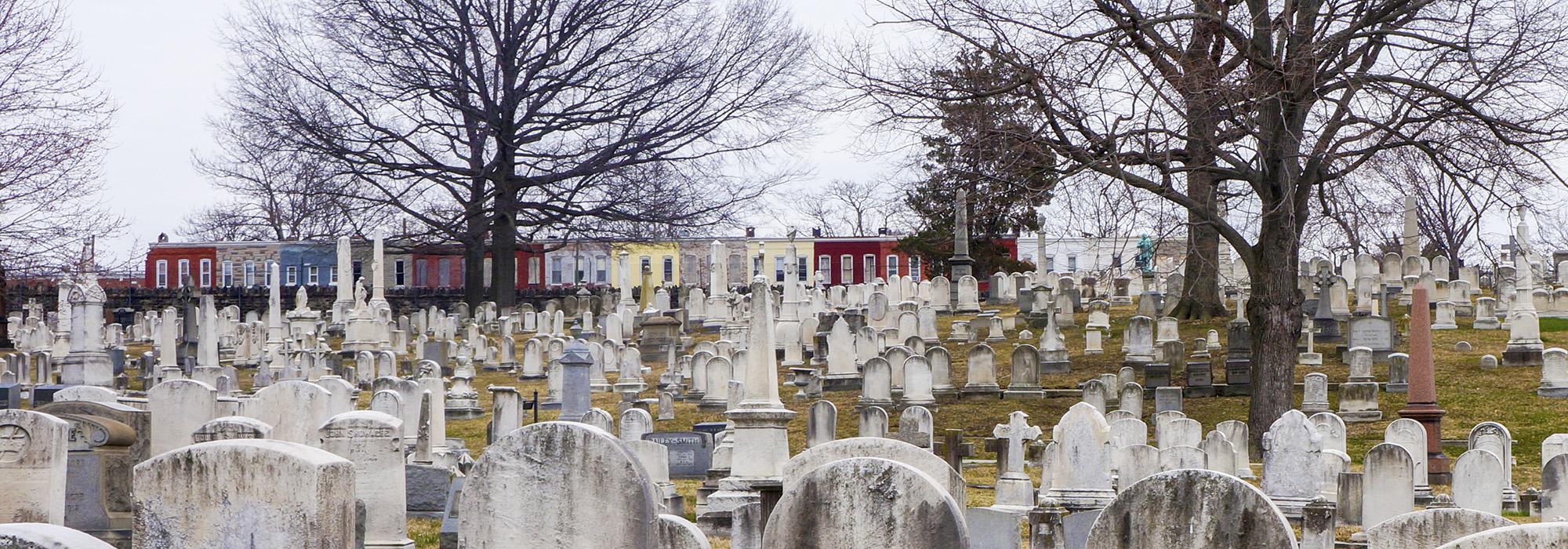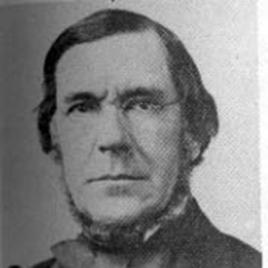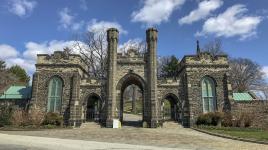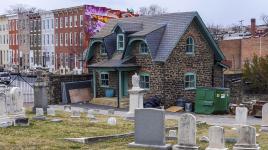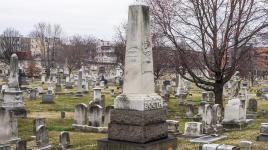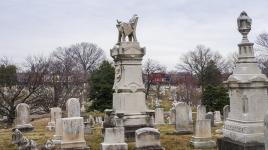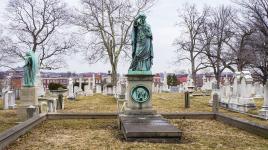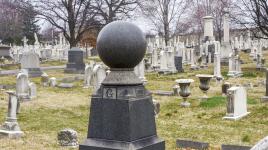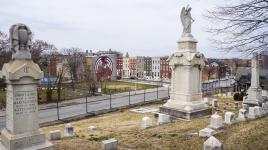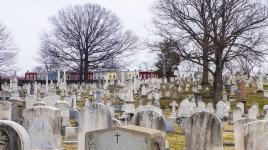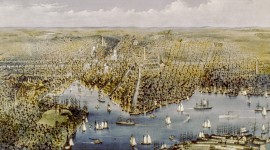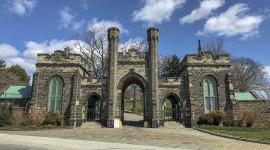Pioneer Information
Born in Philadelphia, Pennsylvania,Latrobe was inclined towards engineering and initially worked with his father (Benjamin Henry Latrobe, Sr.) on the Waterworks for New Orleans, Louisiana. After his brother, Henry, and his father succumbed to yellow fever in New Orleans in 1820, Latrobe travelled to Baltimore, Maryland, attending St. Mary’s College from 1821 to 1823. He later studied law, at Georgetown College in Washington, DC,under the tutelage of his older brother, John Latrobe.
The younger Latrobe was eventually employed by the Baltimore & Ohio Railroad through the influence of his brother working as part of a surveying crew in the summer of 1830. Promoted to an assistant engineer by 1832, Latrobe surveyed and planned the route for the Washington Branch of the railroad line. Lacking formal training in engineering, he relied heavily for guidance on Jean-Rodolphe Perronet's works on bridge structures, and he frequently visited Philadelphia to educate himself on bridge architecture. The Thomas Viaduct,which he designed to span the Patapsco River between Relay and Elkridge, Maryland, was the largest bridge in the United States when completed in 1835. During that same year, Latrobe was also employed as chief engineer for the Baltimore and Port Deposit Railroad Company and helped build the first rail line between Philadelphia and Baltimore. Returning to the Baltimore & Ohio Railroad Company in 1836, he went on to become the company’s cheif engineer and, later, general superintendent.
Latrobe was also responsible for designing Baltimore's Green Mount Cemetery, a rural burial ground comprising, rolling grasslands, scattered with large trees and crossed by a series of meandering cobblestone paths. Employed for a short time in an advisory role to Washington Augustus Roebling, (the architect slated to construct the Brooklyn Bridge in New York City),Latrobe eventually retired in October 1875. He died in 1878 at his Baltimore home after a bout of illness and is buried in Green Mount Cemetery.



